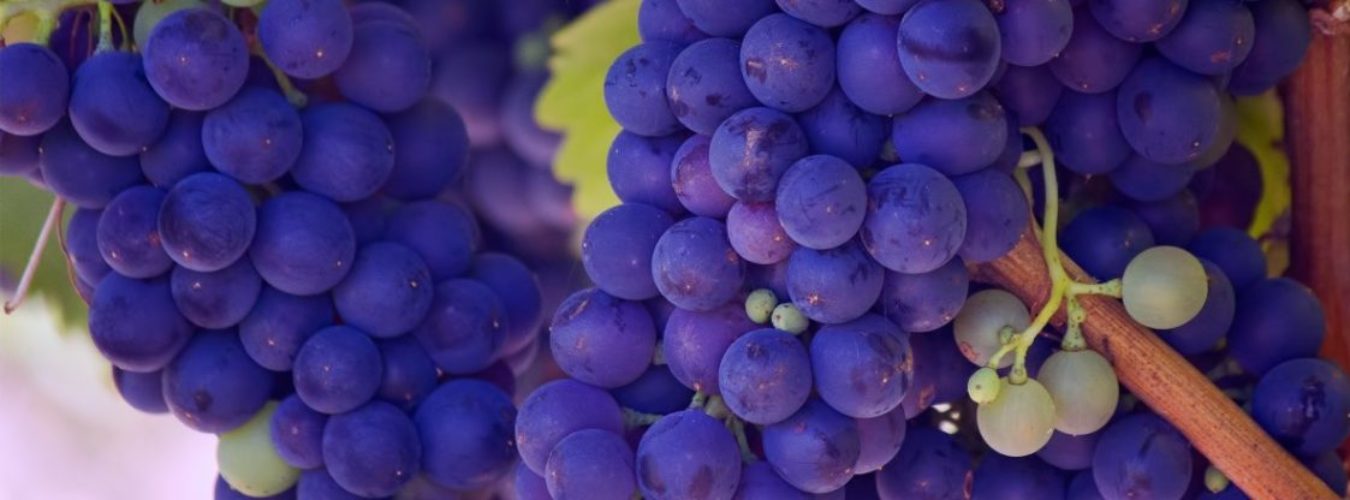It can be tasted by itself or with dessert, with some cookies, hazelnuts or almonds. On ocasion it can be taken before meal as an aperitif accompanied by fatty foods such as foie gras, pate, or strongly flavored foods like caviar, herring or with blue cheese like roquefort or gorgonzola.
Who may appreciate this types of wines?
This is a phrase that is heard frequently, especially amongst gentlemen, who think that only women can enjoy these wines. But I wonder… What wines have they taken to qualify them as such?
In antiquity, most of the wines were white wines and in the 19th century the sweet white wines were highly appreciated. The tsars used to drink Chateau D’yquem and Tokaji Eszencia. The problem was that in the 20th century sweet wines ceased to be fashionable and taste developed by dry, light and fruity white wines.
One needs to know something of the winemaking process to appreciate these wines. There are two types of sweet wine:
1. natural dessert wine or fortified wine: the fermentation is stopped by the addition of alcohol, leaving residual sugar. EJ. : Porto, madeira.
2-wine naturally sweet or dessert wine: for the amount of sugar that the grapes have, fermentation stops spontaneously, arriving at the 15.5 ° of alcohol, because yeasts can no longer act with that level of alcohol, and then is left a quantity of sugar unfermented, which provides sweetness to the wine.
1. those in which the grape has been over matured in the vineyard and therefore have high concentration of sugar, are called “wines from late harvest”.
2. the wines called “selection de grains nobles”, that are made with grapes affected from “noble rot”.
The noble rot is caused by the fungus Botrytis cynerea attacking the grape when it is mature, piercing the skin with their filaments (hyphae) making water to evaporate from the pulp, the aromas and flavors concentrate. The fungus looks grayish, velvety powder and develops when there is fog and sunny afternoons and humid mornings.
The “liqueur wines” are made in France, in the regions of Sauternes, Barsac, Loupiac, Cadillac and Monbazillac. Sweet wines from the most prestigious occur in these places.
The liqueur wines include the straw wine in the French Jura region. Here the grape is harvested and extended in shelves with straw to dry and reach the necessary concentration of sugar, which is 306 gm / l. The wine has 14 degrees of alcohol and is balanced in terms of sugar and acidity. It is obligatory to give three years in oak barrels before bottling.
Alsace sweet wines are called “wines from late harvest” and those who are called “selection of noble grains” which are “noble rot” wines.
In Germany there are many sweet late–harvest wines, among which are the Spätlese and the Auslese wines which have “noble rot” (edelfäule) called Beerenauslese and Trockenbeerenauslese.
In Italy and Mediterranean regions with abundant Sun and dry climate, as in Sicily and the island of Pantelleria, this type of wine is obtained by drying the grapes to the Sun, so that the water evaporates and the sugar to concentrates.
In Spain and the South of France the sweet wines have more than 15º of alcohol, they are powerful and have good balance.
In recent days there was a tasting of wines from late harvest, where there were tasted wines from different countries, Spain, Chile, Mexico, Argentina and Canada. The wine that caught attention was a late harvest Moscatel 2013 from Winery Ochoa de Navarra, with 15 ° of alcohol. Floral aroma with hints of honey and a good balance of sugar and acidity.
Sweet wines… who may appreciate this types of wines?

